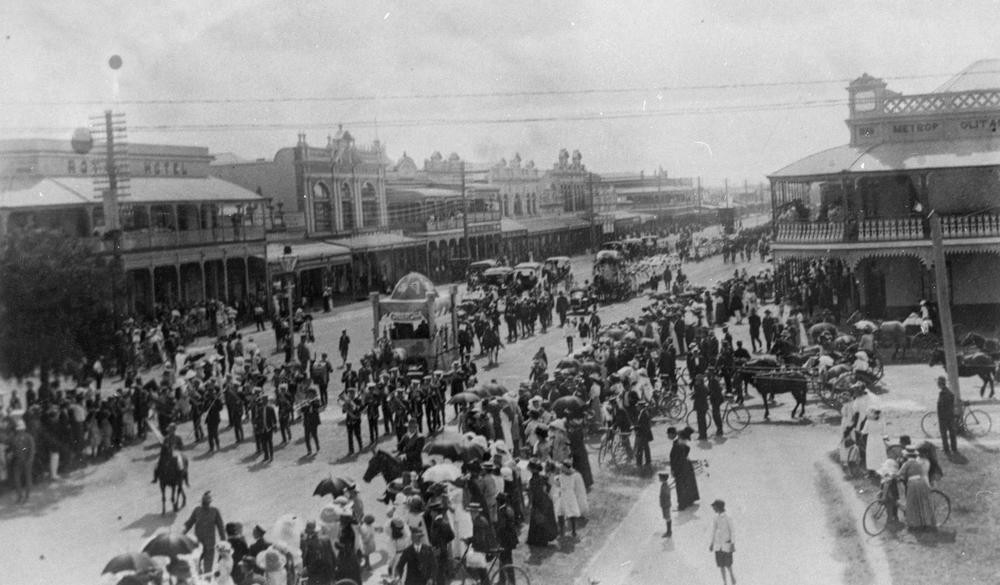Newspapers held at the State Library of Queensland give a fascinating insight into the lives of past generations. Among our newspaper collections are those written by unions and political parties, which provide insight into the working conditions of past generations.
One such newspaper, the Queensland Guardian, was published by the Communist Party. It had commenced publication as the North Queensland Guardian but changed its name to Queensland Guardian on 5 November 1943. Its purpose was to “champion the cause of the labor movement”, and to play a role in the “solution of post-war problems in the interests of toiling people”.

In a Queensland Guardian issue dated 26 July 1946, the front page heading cries out “Unions want 40 hour week and ₤1 rise speeded up”. It goes on to say that the Federal Government had promised to introduce a 40-hour week within six months after the end of the war. The case was now before the Federal Arbitration Court. The unions and the Communist Party were concerned that when National Security Regulations ceased to exist on 31 December, working conditions won during the war would also cease to exist. These working conditions included 75% rates for women. The article went on to say that the end of the National Security Regulations would result in wage reductions. “Such reductions would blast the post-war hopes of thousands of young ex-servicemen and service women who, on returning to civilian life and industry, would find wages at a level that would not permit them to marry, and settle down in homes of their own.”
The Court of Conciliation and Arbitration approved the 40 hour week in 1947, which took effect from 1 January 1948. In 1950 the Arbitration Court set the female rate of pay at 75% of the male rate. It was not until 1969 that the Arbitration Court ruled equal pay for women, to be phased in over 4 years, culminating in 1972.
Working conditions and wages enjoyed by today’s generation are therefore the result of many years of campaigning by unions and related political parties.
Comments
Your email address will not be published.
We welcome relevant, respectful comments.